AKA: Jack Reacher 2
Director: Edward Zwick
Cast: Tom Cruise, Cobie Smulders, Aldis Hodge, Danika Yarosh, Patrick Heusinger, Holt McCallany, Austin Hebert, Robert Catrini, Robert Knepper, Talbott Lin
Running Time: 118 min.
By Paul Bramhall
The announcement that Tom Cruise was going to be playing Jack Reacher, the character of author Lee Child’s ongoing series of novels about an ex-military drifter that has an uncanny ability for finding trouble, was greeted (as expected) with almost universal disdain from fan of the books. However the 2012 thriller, simply titled Jack Reacher, helmed by frequent Cruise collaborator Christopher McQuarrie, was both a commercial and a critical success. Cruise brought the needed physicality to the role with gusto, portraying Reacher as a more grounded version of his Ethan Hunt character from the Mission: Impossible series – a comparison which was especially apt with the release of the bombastic Ghost Protocol just a year prior.
The success of Jack Reacher inevitably saw a sequel on the cards, and with twenty published novels to choose from, the second instalment of Jack Reacher on the big screen comes in the form of 2016’s Jack Reacher: Never Go Back, an adaption of the eighteenth book in the series. Much like the original came a year after Mission: Impossible – Ghost Protocol, so Never Go Back comes a year after Mission: Impossible – Rogue Nation. Both the original Jack Reacher and Mission: Impossible – Rogue Nation were helmed by Christopher McQuarrie, which sees this instalment being handed over to Edward Zwick, the director behind the likes of Blood Diamond and Legends of the Fall. Cruise and Zwick have worked together before, on 2003’s The Last Samurai, so the sequel can be considered as a reunion of sorts for the director and actor.
Cruise has become one of the few actors in Hollywood who has the ability to make straight faced action pictures, ones that don’t rely on either irony or CGI, nor suffer from a modest budget or straight-to-DVD release. In many ways he’s one of the last legitimate bankable stars, in an era were Hollywood has become almost solely reliant on reboots, remakes, and superhero movies. When people talk about Jason Bourne, they don’t say they want to go and see the latest Matt Damon movie, and similarly for James Bond, no one would say they want to go and see the latest Daniel Craig movie. But Cruise it’s the opposite, people don’t say they want to go and see the latest Ethan Hunt or Jack Reacher flick, they say let’s go and check out the latest Tom Cruise film. He’s a guy who consistently delivers the goods, with Never Go Back being only the second time he’s returned to play a character for a sequel, outside of the Mission: Impossible series.
Never Go Back continues the gritty down to earth feel that the original instalment established, with proceedings opening on a pair of cops arriving on the scene of a diner parking lot, were four men lay sprawled on the floor, each looking considerably battered and bruised. A witness points to a single customer sitting at the bar inside, his back to them calmly drinking a cup of coffee, and goes onto explain that it was the customer who singled handedly put the beat down on all four of them. The customer is of course Cruise, establishing himself as a man not to be messed with within the first 60 seconds, and he hasn’t even lifted a finger. The scene sets the tone both for the character and the rest of the run time, portraying Reacher as someone who treads just the right side of the line between confidence and arrogance, and isn’t afraid of getting his knuckles dirty.
Fans of the book may not have been happy with the casting of Cruise, but there’s no doubt that he owns the role, and looks to be using both his Mission: Impossible productions and the Jack Reacher series as vehicles to show off his action chops. At 54, he appears more determined than ever to throw as much physical action onscreen as possible, with people getting punched in the face through windscreens, arms (and various other limbs) being broken, and bodies being thrown into a variety of breakable surroundings. While Never Go Back, much like Jack Reacher, doesn’t rely on huge set pieces or death defying stunts, instead it succeeds by having its altercations take place in more real world trappings. Fights take place in dark abandoned warehouses, and in one particular scene, which shows a clear nod to the showdown between Iko Uwais and Cecep Arif Rahman in The Raid 2, in a restaurant kitchen (which includes a hammer wielding Cobie Smulders!).
For Never Go Back the inclusion of actresses Cobie Smulders and Danika Yarosh provide Cruise with a sort of adopted nuclear family. Smulders plays a former military colleague of Cruise, who’s been falsely imprisoned for espionage, while Yarosh finds herself in the cross hairs of those looking to take out both Cruise and Smulders, thanks to the possibility of her being his daughter. Cruise of course takes it on himself to break Smulders out of prison, convinced of her innocence, and the three end up on the run from a group of shadowy military contractors, who may be behind the murders of two soldiers in Afghanistan who were under Smulders command. It’s a straightforward plot, which doesn’t spend any time getting bogged down in sub-plots or romance, instead choosing to have one, two, or all three of them have to run as if their life depended on it at regular intervals.
In many ways it’s the simplicity of Never Go Back which makes it so appealing. It’s a trio of good guys (well, one guy and two women) trying to uncover the truth behind an injustice, while being relentlessly pursued by those who want to kill them. In an era which has Hollywood defining its action by how many CGI buildings it can destroy, it’s refreshing to watch a movie that gets the adrenaline pumping through intense foot chases, fist fights, explosions (real ones!), and painful looking falls. I’d take the action in Never Go Back any day of the week over watching a bunch of pixels be decimated onscreen. Of course, no hero is worth their salt without a worthy villain to go up against, and the villain here comes in the form of Patrick Heusinger, playing an ex-military man who’s now become an assassin for hire, and comes with a skillset that matches those of Cruise.
Heusinger is almost Terminator-like in his pursuit of Cruise, spurred on by being determined to prove that he’s the better of the two at combat. The pair get into two suitably violent confrontations during the runtime, the first being the previously mentioned kitchen brawl, and the last belonging to the finale. While it’s only speculation, I’m sure stunt coordinator Robert Alonzo, who was also the fight coordinator for the original Jack Reacher and Mission: Impossible – Ghost Protocol, must be a fan of Asian action cinema. I say this not only based on the kitchen fight which has echoes of The Raid 2, but in the finale there’s a part in which both Cruise and Heusinger throw each other off the top of a building while grappling, before dusting themselves off and continuing to fight on the ground. It’s a scene that’s reminiscent of a similar fall that happens between Donnie Yen and Colin Chou in the finale of Flash Point, and delivers just as much impact.
While it can easily be argued that Never Go Back would be a pretty run-of-the-mill thriller without the presence of Cruise, and many critics have, the same comparison could be made by saying Police Story would be a pretty average cops and robbers movie without Jackie Chan. The fact is that it’s Cruise that makes the movie what is it, and that is a lean, mean, action thriller. There’s little doubt that based on the success of the sequel, we can probably expect to see more of Jack Reacher over the coming years, and as long as Cruise is still up to delivering the type of physical performance that he’s clocked in here, then that’s definitely a good thing. My only wish would be that before everyone gets too old, we get a movie that gives us Jack Reacher, John Wick, and Arthur Bishop, all sharing the screen together. We can dream right?
Paul Bramhall’s Rating: 8/10

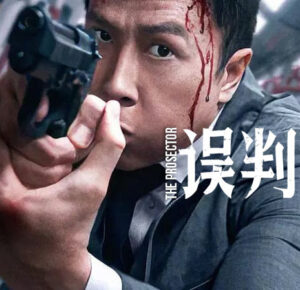


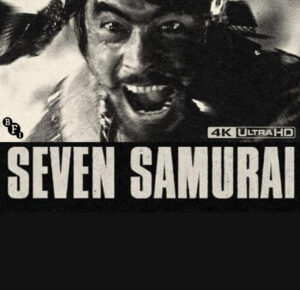
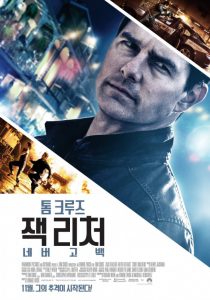
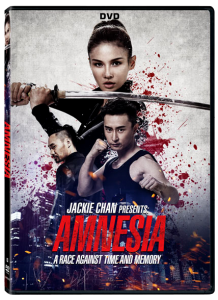
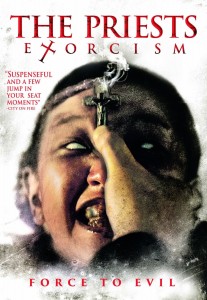
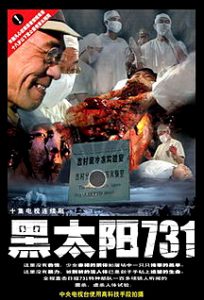
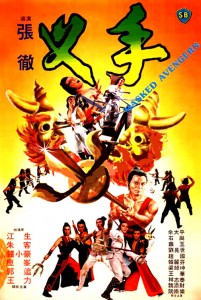
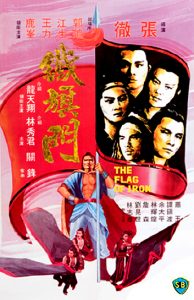
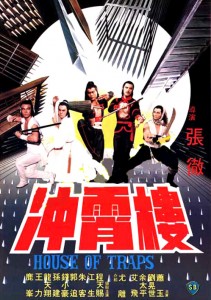
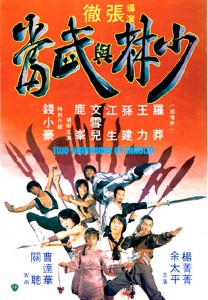


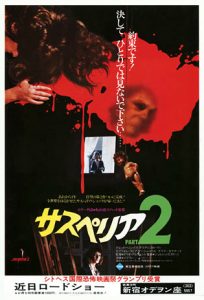
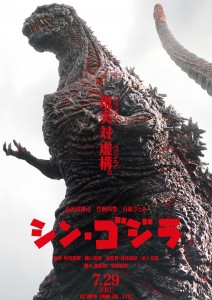
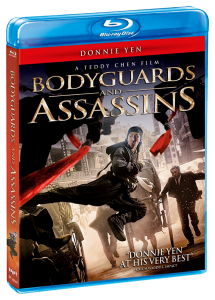


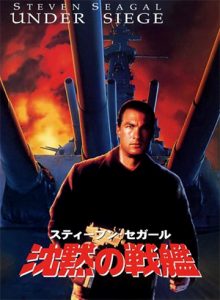
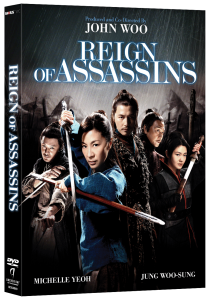

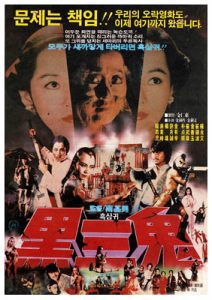



10 Comments